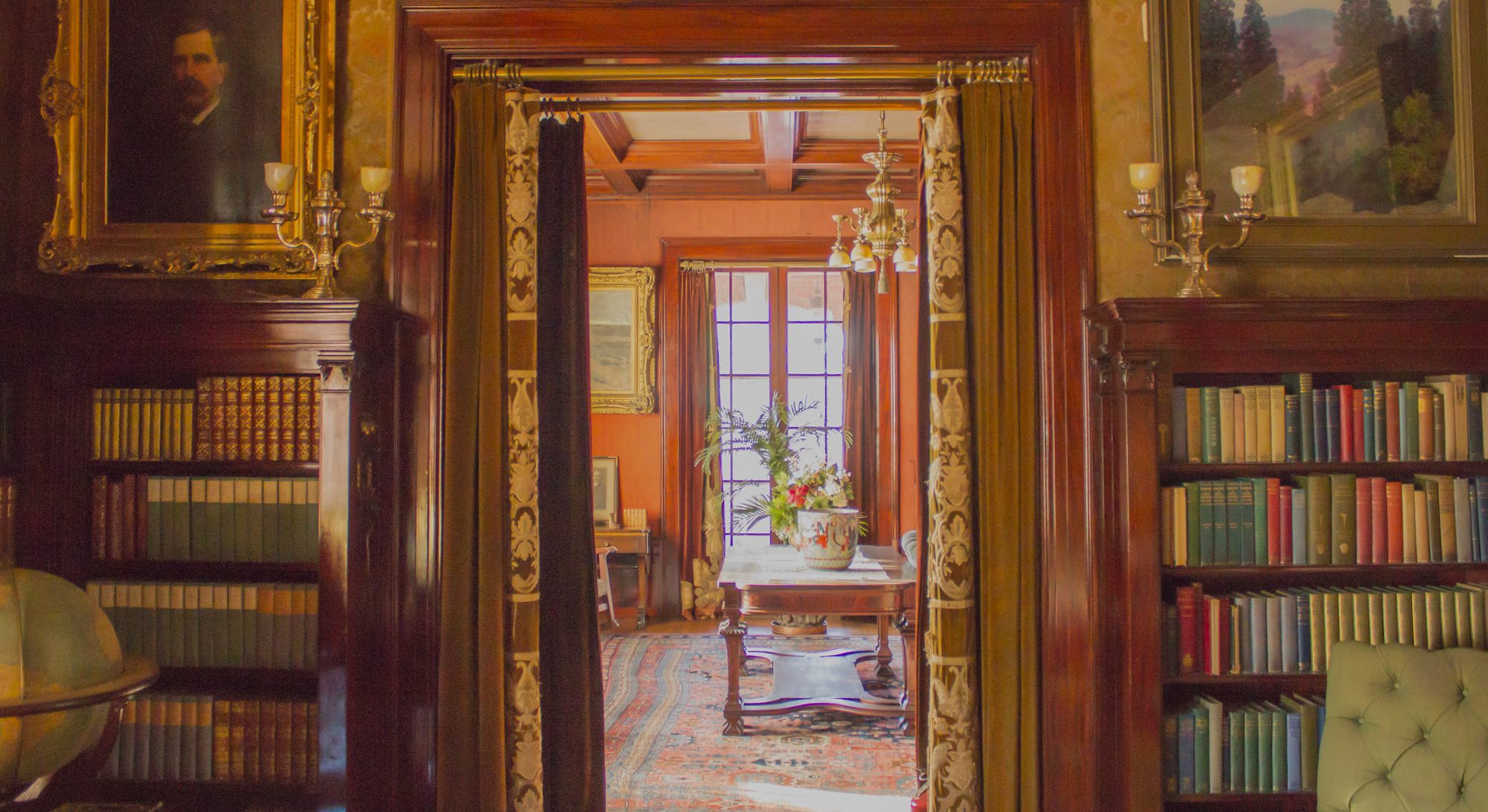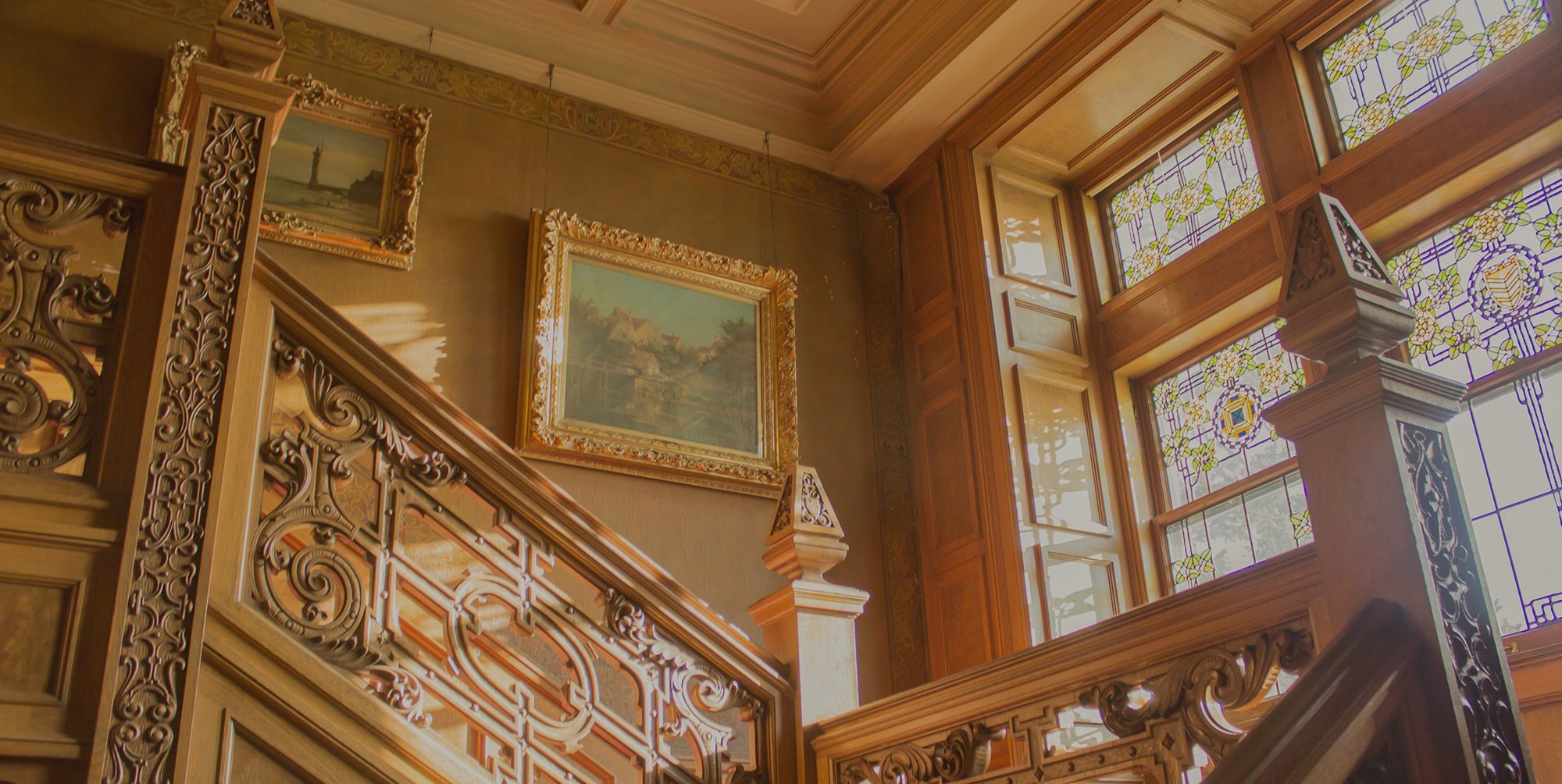This is Glensheen
Our mission is simple. It is to Celebrate Preservation.
An Authentic Experience
In a world full of manufactured experiences, we have very few opportunities to fully immerse ourselves in authenticity. Glensheen offers one of those rare chances.
Come see why Glensheen Mansion, perched on the shore of Lake Superior, is the most visited historic home in Minnesota. Our 12-acre estate features gardens, bridges, and the famous 39-room mansion built with remarkable 20th-century craftsmanship, telling the story of the Duluth region.
“Loved the tour and the estate is fabulous. There were so many details to the home that I need to see it again.”

The Congdons
A Family Affair
Chester and Clara Congdon built Glensheen between 1905 and 1908 as their home. This influential family is known for opening up iron mining in this region and setting aside land for public use, such as the North Shore Scenic Highway and Congdon Park.
Glensheen was donated to the University of Minnesota and opened as a historic house museum in 1979 and, here’s the amazing part: the collection is intact. The top hat in the closet? That was Chester Congdon’s. The letters in the desk drawer? Those were written by Clara. The sheets in the linen closet? Organized by the Congdons’ 2nd-floor maid nearly 100 years ago. And that’s just inside the mansion… Keep scrolling to find out more!
“The estate is beautiful living history lesson, from the original furniture and portraits of previous inhabitants to the immaculate grounds and gardens.”

The Landscape
Natural Beauty
The Congdon estate originally included 22 acres of lakeshore property. At the time, the area was heavily wooded and the shoreline was rugged, yet the Congdons saw the potential for a gracious, formal estate and practical home for a busy family with six children.
Charles Wellford Leavitt, Jr. was a civil and landscape engineer with offices in New York City. As the landscape architect of Glensheen, Charles was directed by the Congdons to preserve as much of the natural beauty of the property as possible. He was also charged with making the estate self-sufficient, which required plans for a large vegetable garden, a greenhouse, an orchard, a cow barn and a water reservoir.
“This was the first time I had ever heard of the [Congdon] Estate. It was so amazing! I can't even imagine living there, it is so beautiful.”

The Mansion
A Place to Call Home
“I will have quiet neighbours,” Clara Congdon wrote in her diary, referring to the cemetery to the west of Glensheen. Nestled between Tischer Creek, Bent Brook, and Lake Superior, Chester and Clara Congdon envisioned a home that would serve as a calming refuge for their family for generations to come. 3300 London Road, Glensheen’s address, was considered far-removed in 1905, the year construction began. By 1908, after three years and nine months, Glensheen was completed by transforming the heavily wooded area into an efficient yet magnificent estate.
By all accounts this conversion was not an easy task. The Congdons, the architect Clarence H. Johnston, the landscape architect Charles W. Leavitt, and the interior designer William A. French collaborated on the project. Glensheen is a testament to the skills and craftsmanship available more than 100 years ago.
“Loved the tour and the estate is fabulous. There were so many details to the home that I need to see it again.”
